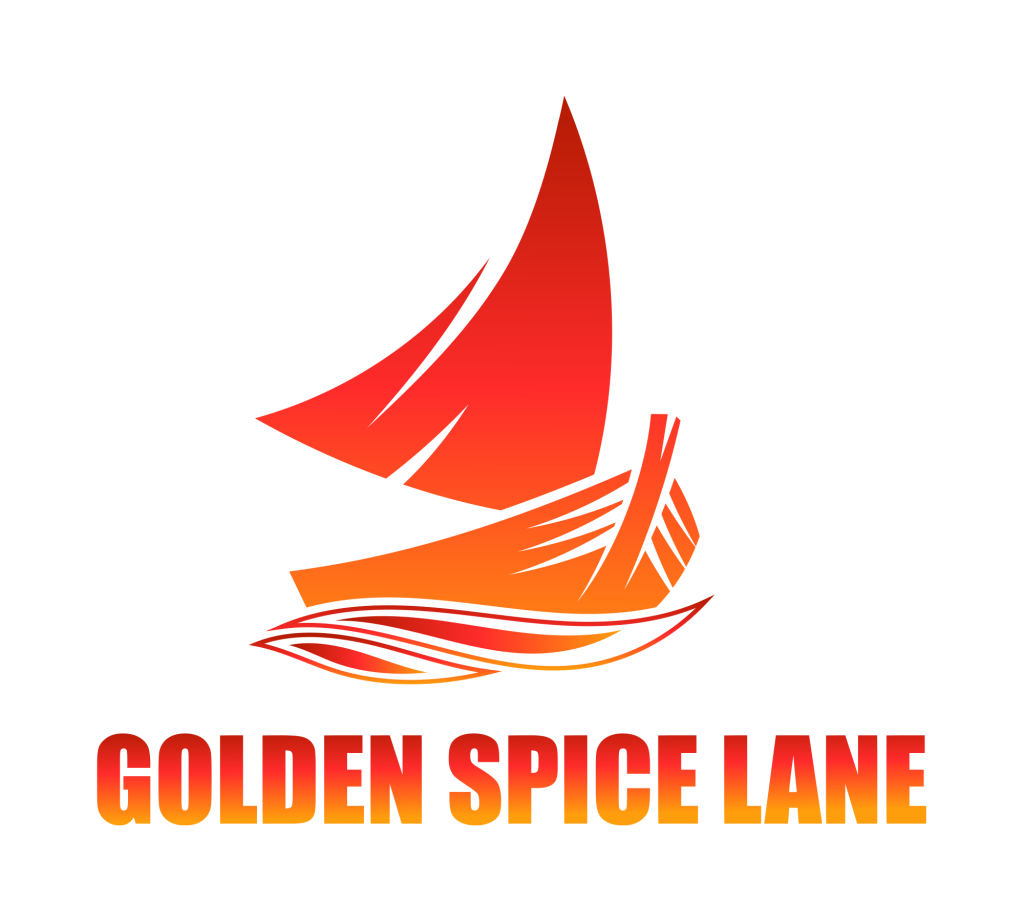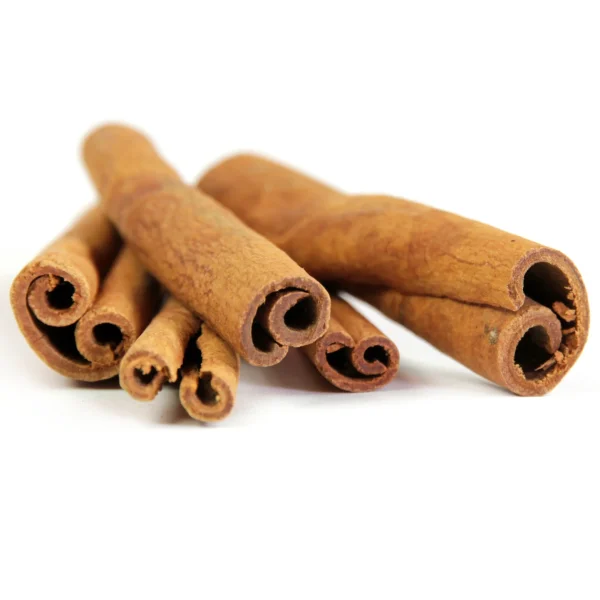Vietnamese Star Anise
26.00$/ 1kg
Star Anise (Illicium verum), known as “Hoa Hồi” in Vietnam, is a highly aromatic spice native to the evergreen forests of northern Vietnam. With its distinct star-shaped pods and a rich, licorice-like aroma, Vietnamese star anise is renowned for its superior quality, potent flavor, and wide range of culinary and medicinal uses.
Vietnam is one of the world’s largest producers of star anise, with the spice cultivated primarily in the Lang Son and Quang Ninh provinces. The region’s unique climate and fertile soil create the ideal conditions for growing this exotic spice, making Vietnamese star anise highly sought after by chefs, herbalists, and spice enthusiasts around the globe.
Vietnamese star anise is prized for its: Sweet, warm, and licorice-like flavor, similar to anise seed but with a more intense and complex profile. Subtle notes of cloves, cinnamon, and pepper, which add depth and warmth to both sweet and savory dishes.
Star anise is a versatile spice used in cuisines around the world to add depth, warmth, and flavour to a variety of dishes. Star anise is present in many different cuisines from Vietnam, China, India to Middle Eastern countries. Not only that, the flavor of star anise also attracts Latin and European countries to include it in their dishes. Contemporary fusion cuisine is not out of trend, chefs use star anise to add unexpected depth to various dishes.
+ Vietnamese Cuisine:
Star anise is a foundational spice that infuses dishes with its distinctive aroma in Pho, Noodle Soup, Dessert Soups, curries, stews, and braised dishes
+ Chinese Cuisine:
Star anise plays a significant role in traditional Chinese cooking and is a key component of several spice blends. It is used in specialties such as Braised Pork Belly (Hong Shao Rou), Peking Duck, Chinese Five-Spice Powder, Tea Eggs
+Indian Cuisine: Star anise is a popular ingredient in Indian spice blends and slow-cooked dishes like Biryani, Garam Masala, Masala Chai
+European Cuisine:
In European cooking, star anise is often used in desserts, baked goods, and beverages. That blend creates a unique and attractive flavor. Common can be mentioned as Mulled Wine and Cider, Poached Pears, Spiced Cakes and Cookies, Liquors
+Latin American Cuisine: In Latin America, star anise is used primarily in desserts and beverages. Arroz con Leche (Rice Pudding), Champurrado (Mexican Hot Chocolate), Café de Olla (Spiced Coffee) are dishes that star anise will help evoke unforgettable wonderful flavors.
Nutritional Information:
The combination of vitamins, minerals, and bioactive compounds in Vietnamese star anise contributes to a variety of health benefits
Macronutrients, Vitamins and Minerals (per 100g of dried star anise): Calories ~337 kcal, Carbohydrates ~50g, Protein ~18g, Fat ~16g, Calcium: ~646 mg, Iron ~37 mg, Magnesium ~170 mg, Phosphorus: ~440 mg, Potassium: ~1440 mg, Vitamin C: Trace amounts
Active Compounds and Antioxidants: Shikimic Acid, Anethole, Linalool, Quercetin and Kaempferol
Medicinal Benefits:
Star anise is not only a culinary gem but also revered for its medicinal properties in traditional Eastern medicine:
-Digestive Aid:
Traditionally used to relieve indigestion, bloating, and nausea.
-Antiviral and Antibacterial:
Contains shikimic acid, a compound used in the production of antiviral medications like Tamiflu. Known for its antimicrobial properties, helping to boost the immune system
-Respiratory Health:
Used in teas and infusions to soothe coughs and alleviate respiratory conditions
-Anti-inflammatory and Antioxidant:
Rich in antioxidants that help reduce inflammation and protect the body from oxidative stress






